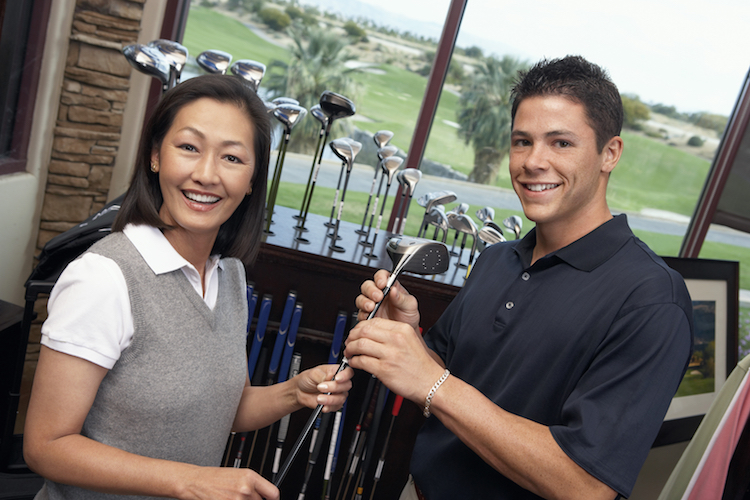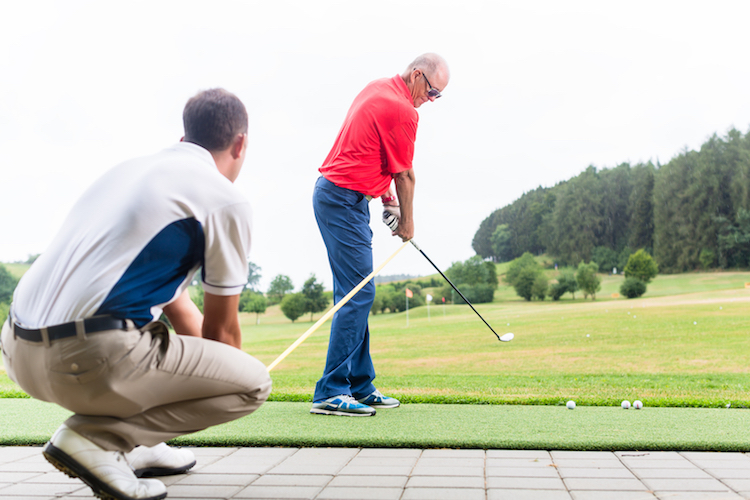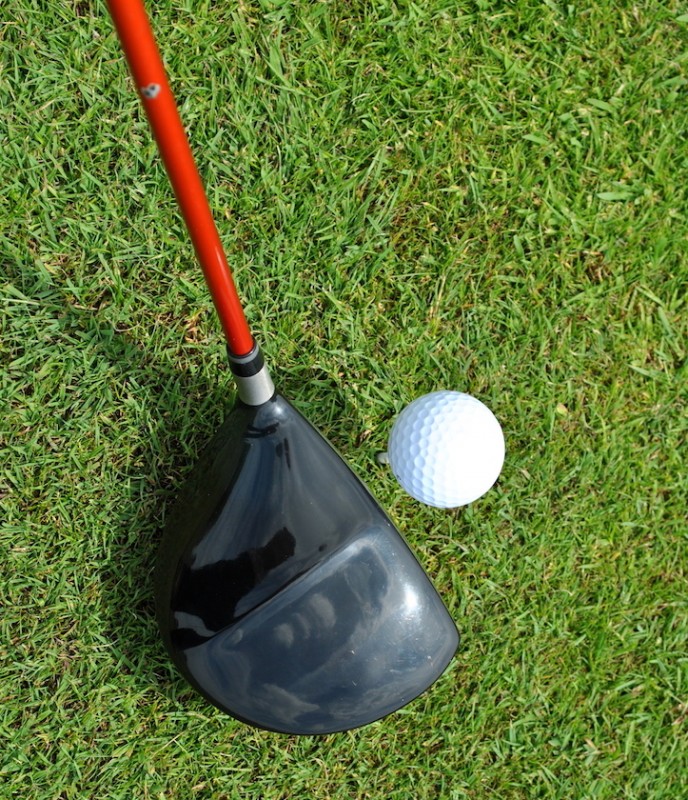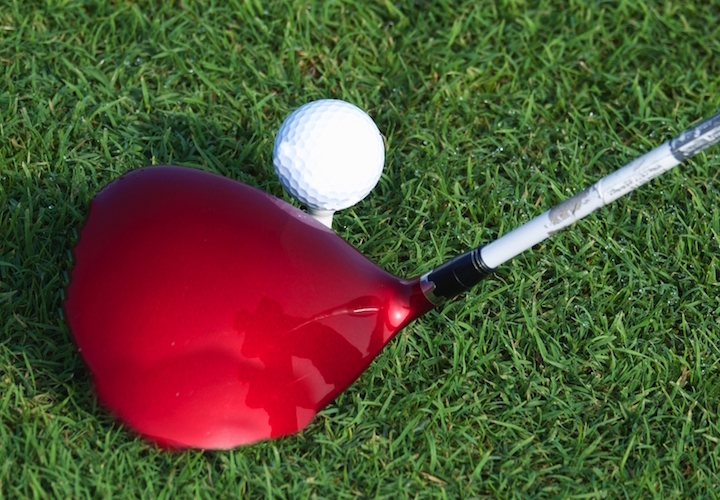Purchasing a New Driver

Origins of the Driver
Drivers have come a long way since the first, hand-carved wooden stick (also known as the golf club) was invented in Scotland in the 1400’s. These sticks were used to play a game that everyone now knows as golf (whether the Scotts adopted the game from the Dutch, Chinese or other cultures has been an on-going debate for years). Drivers were originally known as “long noses.” Today, drivers are part of a family of clubs referred to as “woods”, and are designed for long-distance shots off the tee to achieve maximum results on the course.
Over the centuries, Golf technology has become more advanced and readily affordable to the general consumer. The wealth behind the golf industry, combined with advancements in golf equipment (clubs and balls), and a drive to be the best, have boosted competition among golf manufacturers and impacted the types of equipment we play with today. Some of the older, more outdated golf clubs have since grown obsolete, while newer ones have jumped to the forefront of the industry. Modern technology has made golf equipment lighter, faster, and far more accurate than in the days of yore, where all it took to fill your golf bag were a few decent sticks of wood, a sharp whittling knife, and some time. Clubs have also improved even from the persimmon wood or steel used just a few decades ago.
Modern Drivers
Today’s top-of-the-line driver (also know as a 1-wood) is commonly made with a titanium head and feather-light graphite shaft. You will also find that most woods come with a composite or steel head. The driver, which is the largest of the woods, is designed to be light enough to promote swing speed while also provide enough weight to knock the ball a good distance down the fairway.
Fairway woods tend to have shorter shafts and smaller club heads than drivers do. While they are not able to deliver quite as much distance as a driver, they do deliver better accuracy. Hybrids are a cross between a fairway wood and an iron, with the center of gravity located towards the front of the head in comparison to drivers and fairway woods. Hybrids are good for various course situations because they deliver the most accuracy even if they deliver the least amount of distance.
Buying a Driver
What’s Your Skill Level?
Dedicated golfers may find that they need to upgrade to a new driver as their swing progresses. Whatever your skill level, however, it is important to find a driver that works well with your swing and helps to correct quirks and keep you on plane. A knowledgeable golf instructor or a pro shop attendant can analyze your swing and suggest which components will most likely suit you best. You can also experiment with various rental clubs or try out your friends’ clubs until you know exactly where you would like to invest your money.
Whatever your skill level, a club designed to address your swing habits will always improve your game. You don’t have to be a pro to benefit from a custom club fitting. If you have the cash and the determination to play as much golf as you can, try to invest in the best equipment you can afford.
Head Size
The largest driver head approved by the USGA weighs in at 460cc (club heads are measured by volume) and the smaller ones are 440cc or 420cc. The 460cc club heads have larger faces, and the weight is designed to fall into the lower back portion of the club head. This design has been proven to increase momentum and help launch the ball into the air, creating more ball speed. Large club heads are also the most forgiving, having a larger sweet spot than smaller club heads -and are, therefore, a good choice for amateur and less-skilled players.
Smaller club heads have less weight around the perimeter in order to create more consistent ball launch. Skilled players often prefer smaller club heads for increased maneuverability.
Head Shape
Drivers are designed with both square club heads and round club heads. From a pure performance standpoint, it is important that you choose a driver that you feel most comfortable swinging. A round driver is an easier option for beginners, as they aren’t as clunky, and less likely to get caught in the ground before impact. will eventually improve your swing speed and help to keep you on plane. As your swing speed increases, your ball speed will also increase, and you will cover more distance down the fairway. Ball speed is considered to be the initial velocity of the ball as it leaves the club face, and experts say your ideal ball speed should generally be 1 ½ times your swing speed. This covers more distance and results in fewer shots to the green. You will be able to improve your swing speed as your game progresses. Sometimes it takes awhile to determine which driver, (whether it be a square or round club face; or a stiff or flex shaft), will suit your needs best.
Square club heads have decreased in popularity, as many golfers are turned off by the poor aesthetic quality of the design as well as the dull sound the club makes at impact. However, the advantage that square club heads have over rounder ones is that they tend to have larger clubfaces, thus minimizing room for error.
Head Color
Again, this can be more of an aesthetic preference than a skill preference, but the question might come up. Black (or dark wood) is the traditional color of a driver head, but manufacturers have recently begun building them with colors that have greater contrast against a green grass background. If a strong color contrast helps your swing, by all means make that choice. There are places where you can purchase a removable crown to protect your driver head and give it a bit of personality.
Loft
Loft is determined by the angle of the clubface on the vertical axis. A zero loft means that the clubface is perpendicular to the ground, so the higher the loft, the more the ball is launched into the air. Drivers range in loft between eight and 12 degrees.
Shaft Flexibility

Flex on a shaft is determined by how much the shaft will bend upon impact. Players with fast swing speeds gravitate toward stiffer shafts (normally steel shaft), while a slower swing speed benefits from a more flexible shaft (made from graphite). Because modern shafts are lighter and longer than in times past, you’ll need to experiment with different shafts to be sure you get the right amount of flexibility, as even a stiffer shaft that is light and long translates into a longer drive.
Adjustability
Adjustable drivers allow you to make infinite tiny changes to the lie, the loft, and more, and make tiny tweaks to how these dynamics work together. Keep in mind, however, that adjustable clubs make very small adjustments, so you’ll need to be fitted for clubs that align with your own unique swing style before buying adjustable drivers. Consider adjustable clubs as fine-tuning rather than making major changes.
Conclusion
Drivers are used to launch the ball long distances down the fairway. Once made primarily of wood or steel, modern drivers most often have titanium heads and graphite shafts for strength as well as lightness.
When you are in the market for a new driver, there are seven major aspects to consider: skill level, size and shape of the club head and clubface, color, loft, shaft flexibility, and adjustability. If you’re serious about the game—whatever your skill level may be, a clubfitting can be the best way to pick the perfect driver for your swing. Having a knowledgeable golf instructor or experienced golf shop attendant will help you analyze your swing and decide which driver will eliminate your inconsistencies and quirks.
The higher the loft, the more backspin is put on the ball, which enables the ball to generate lift and rise into the air. Higher lofts are better for golfers with a swing speed of 90mph or less, which is on the slower side. Clubs with a higher loft help to optimize launch conditions at slower speeds.
Lower lofts are usually better for those who have high swing speeds and more skill. A lower loft of under 10 degrees gives the ball less backspin and more sidespin, which allows for more right-to-left and left-to-right maneuverability.
Drivers come with stationary or adjustable loft options, and if you are fairly new to golf or inconsistent with your swing speed, an adjustable head could be the best investment. However, even the pros seem to be turning back to higher lofted clubs for accuracy, so skill doesn’t necessarily mean choosing to use a lower-lofted clubface. Today’s solid core balls launch higher and fly straighter when a club with higher loft is used.






